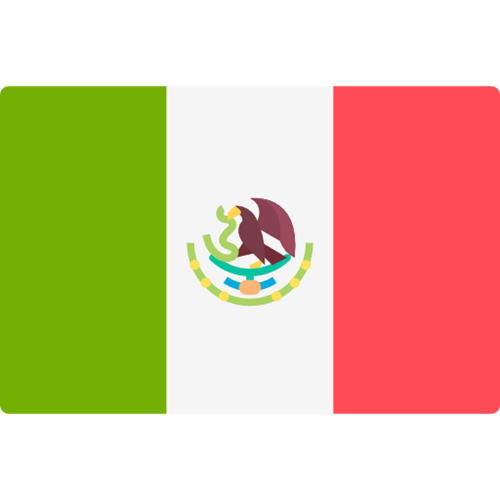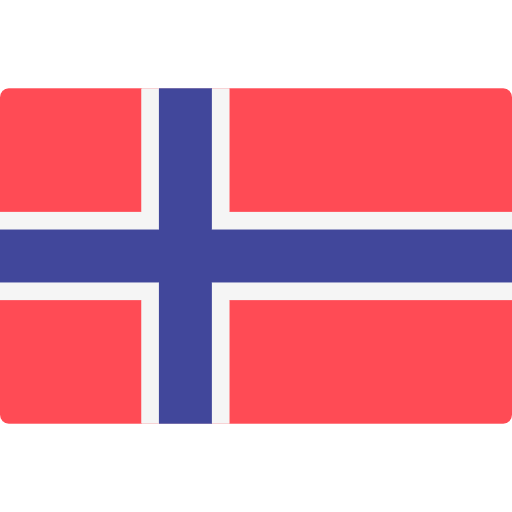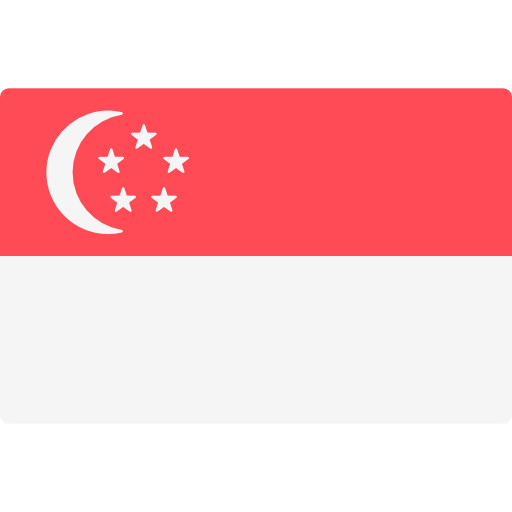Microplastics in the textile industry
Your industry, our focus


One of the current hot topics is microplastics pollution and how it can affect the environment and human health
Microplastics are very small particles of plastic material (typically smaller than 5mm) which can be found in daily products such as cosmetics, synthetic textiles, personal care products, detergents, cleaning products, paints, etc…. Microplastics are intentionally added in the manufacturing of these products. As an illustrative example. of the “microplastics foot-print” could be the results of this testing: After washing load of 6 kilograms by fabric type (Acrylic, polyester and polyester-cottton blend) at 30˚C or 40˚C, there are on average an estimated 730 thousand fibres released into the waste water system. Acrylic was the worst following by Polyester and finally the last but not least polyester-cottton blend.

The increase of this type of pollution, especially in the aquatic environment, has triggered the alarms and it is a sign that Circular economy must improve. In response to this, several countries, including some EU Member States, have taken actions to restrict the use of microplastics. In the textile industry, a Cross Industry Agreement (CIA) was signed in January 2018 to fight and prevent microplastics release into the aquatic environment. This agreement was signed by the following five European industry associations:
- The European Textile and Apparel Confederation (EURATEX)
- The International Association for Soaps, Detergents and Maintenance Products (A.I.S.E.)
- The European Outdoor Group (EOG)
- The European Man Made Fibres Association (CIRFS)
- The Federation of European Sporting Goods Industry (FESI)
The aim of this voluntary collaboration is to research about the direct sources of microplastics release into the aquatic environment due to washing process of clothing. The CIA signatories believe that with the coordination of their technical knowledge and expertise, they can join efforts to find solutions which may be applied in the textile manufacturing, garment making, during clothing washing and use, and in waste water treatment to prevent and/or avoid this release. During 2018, they met twice in Brussels to present progress of their research and test methods under development in order to find a single harmonised test method to determine the amount of microplastics released during washing process. In February 2019, CIA’s last meeting report was published including the following main points:
- Harmonizing parameters in the matrix file on microfibre loss test methods under development. The aim is to get alignment of 8 test methods through 25 parameters. An additional important point that was discussed is whether the test method should solely focus on synthetic textiles or be tailored for natural fibers also.
- Public communication activities. Update of the CIA webpage to publish public version of meeting reports, matrix and other information.
CIA signatories are seeking to collaborate with CEN (European Committee for Standardization) to avoid duplication of work and speed up results. Whilst the big solution arrives most of the apparel and fashion companies are concern about the amount of microplastics particles their products can release to the environment. Testing methods provide solid steps to ensure the quality and safety of products, compliance with legislation and rigorous assessment of the environmental impact of microplastics, Eurofins textile expert’s method can be your best partner to test your garments in the shortest time.
Further information:
Alicante - Spain | Technical Competence Centre
Northampton - UK | Technical Competence Centre






















































